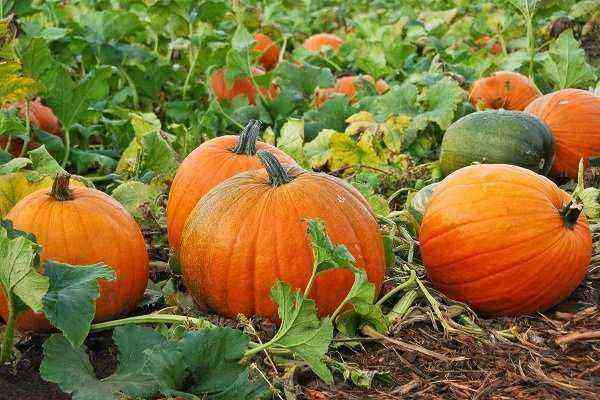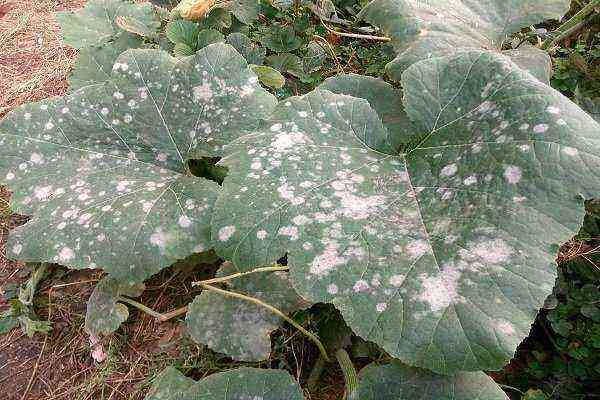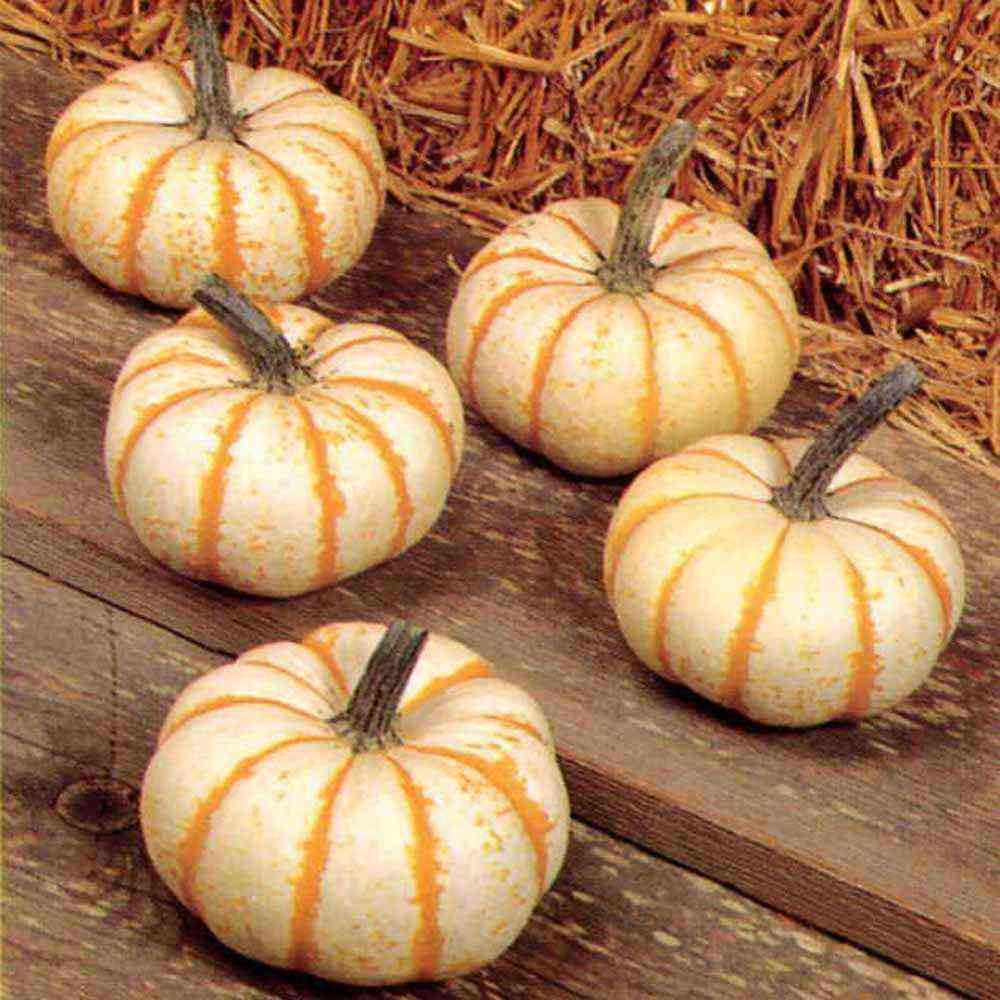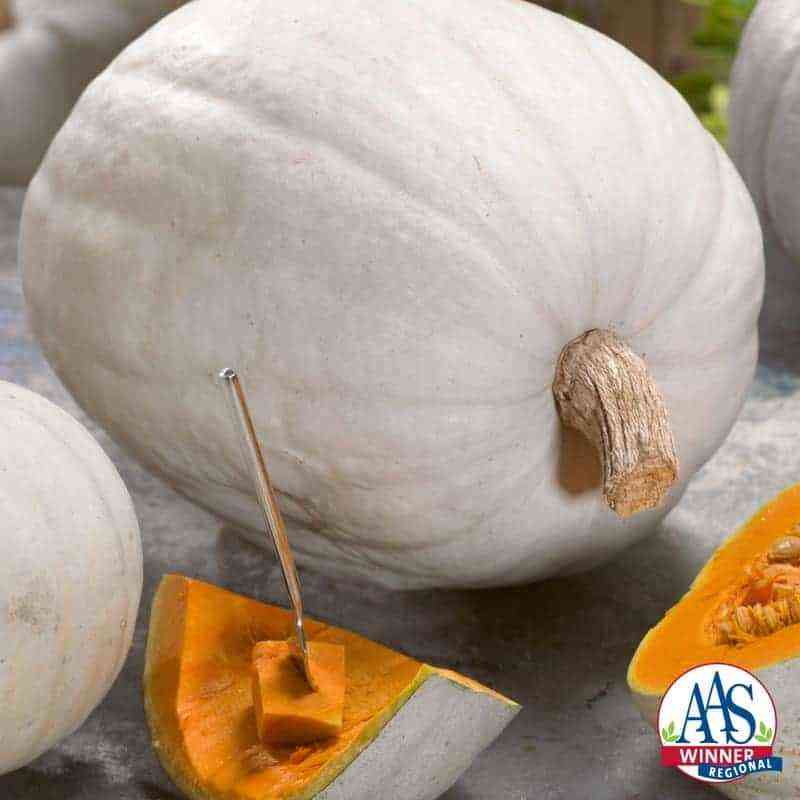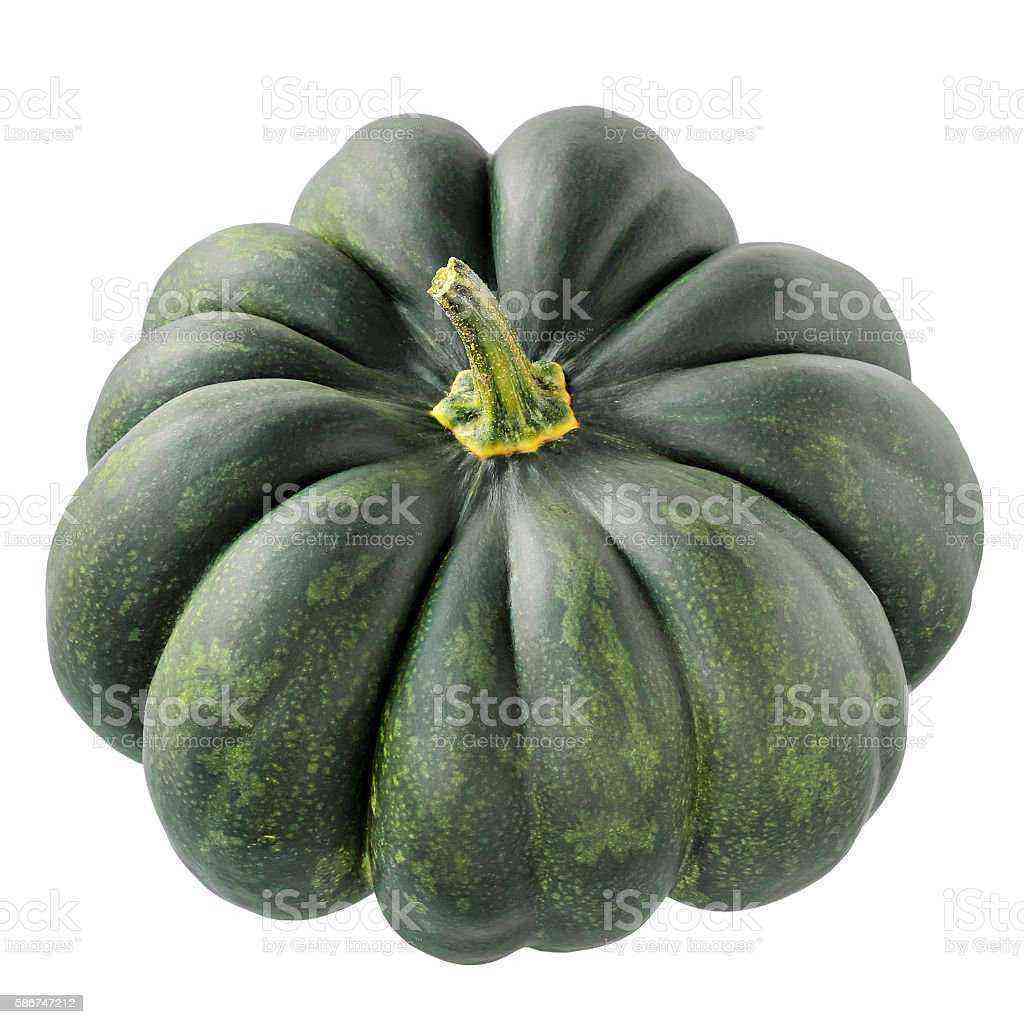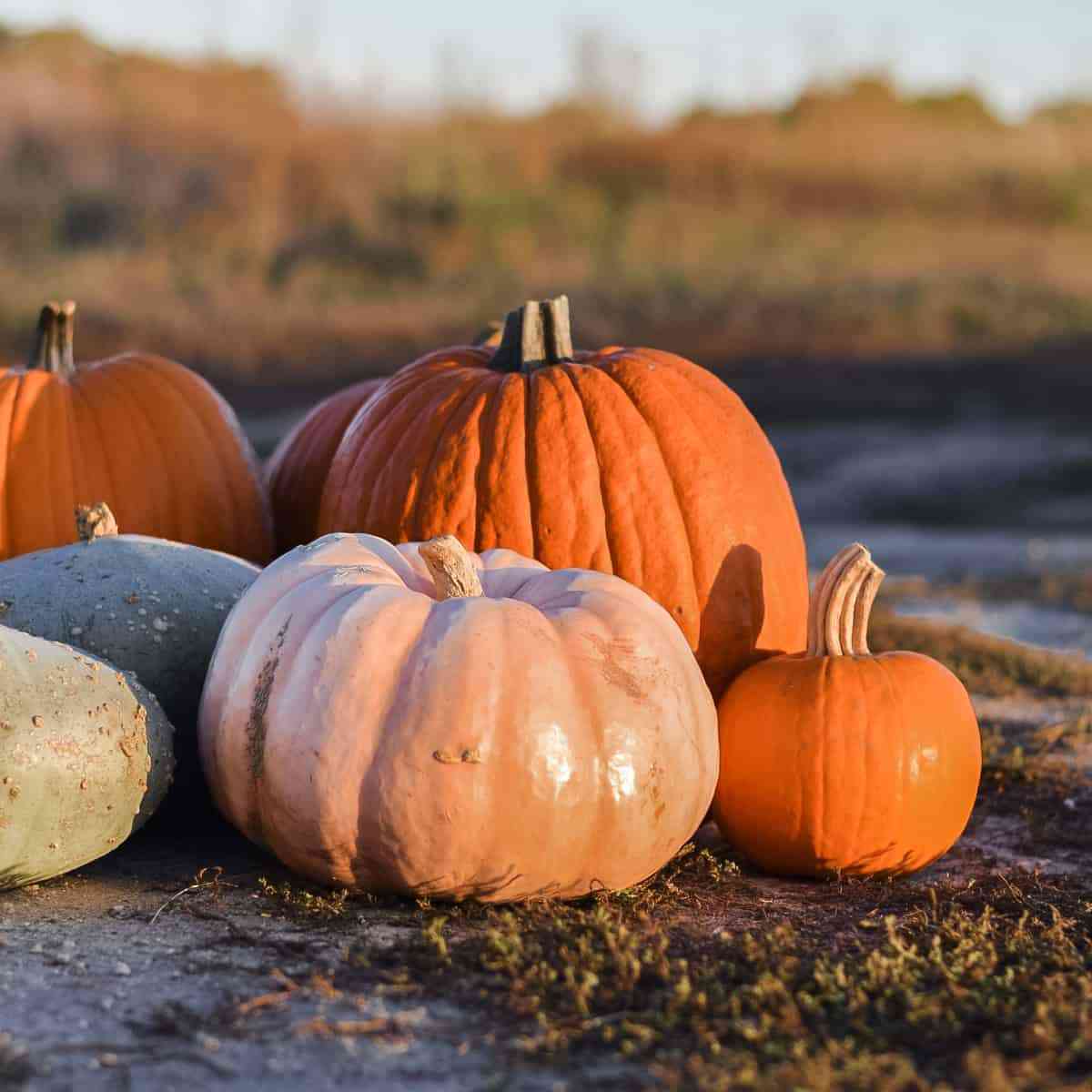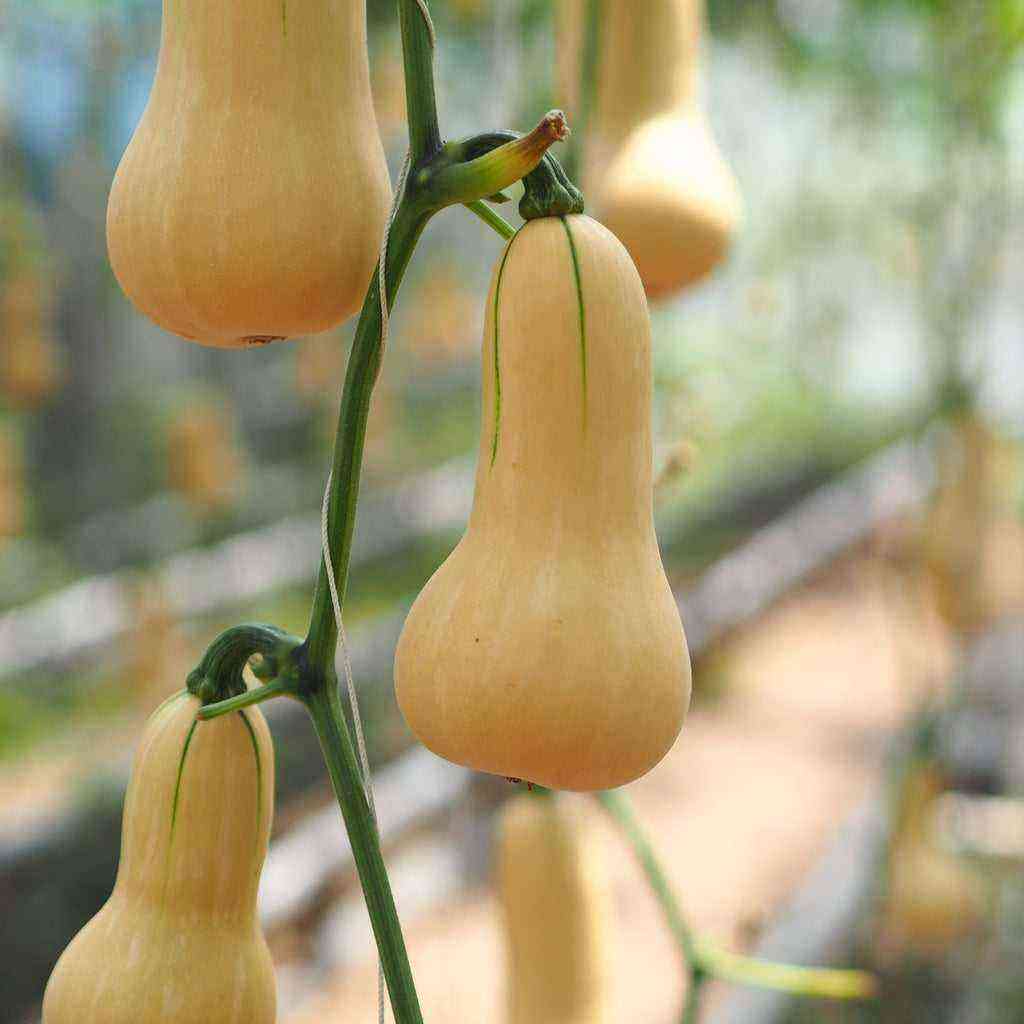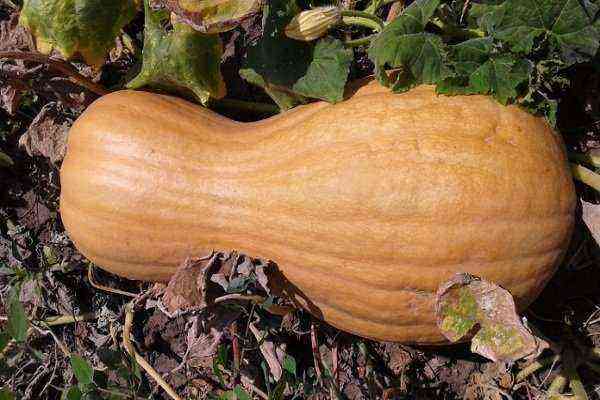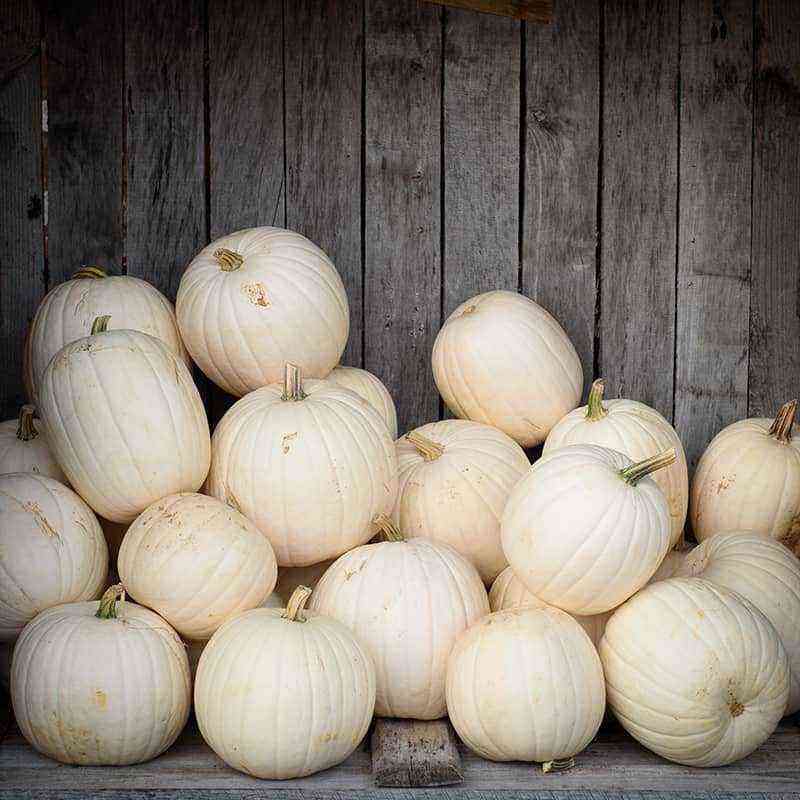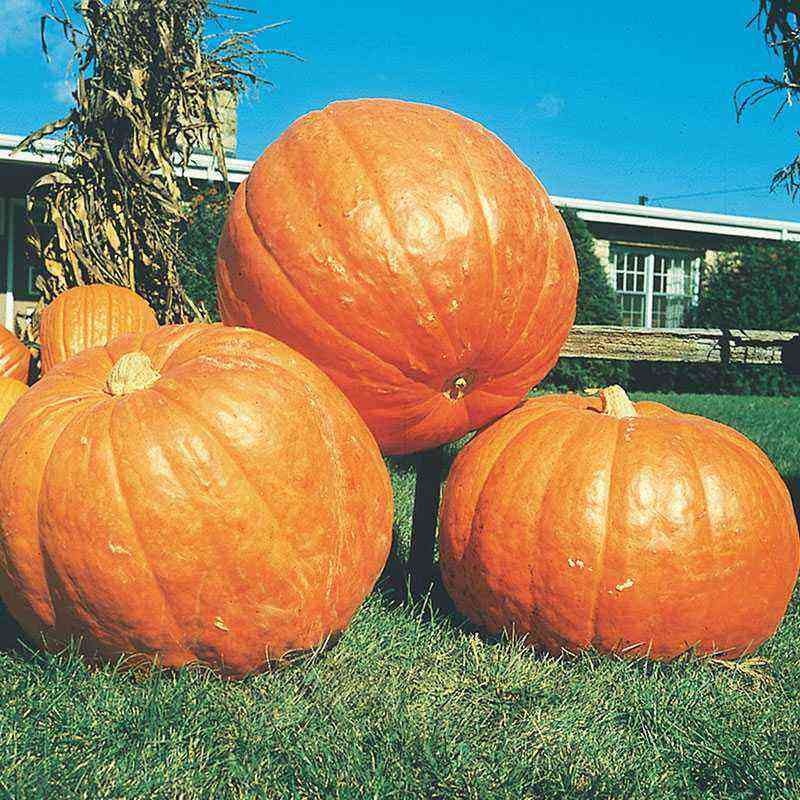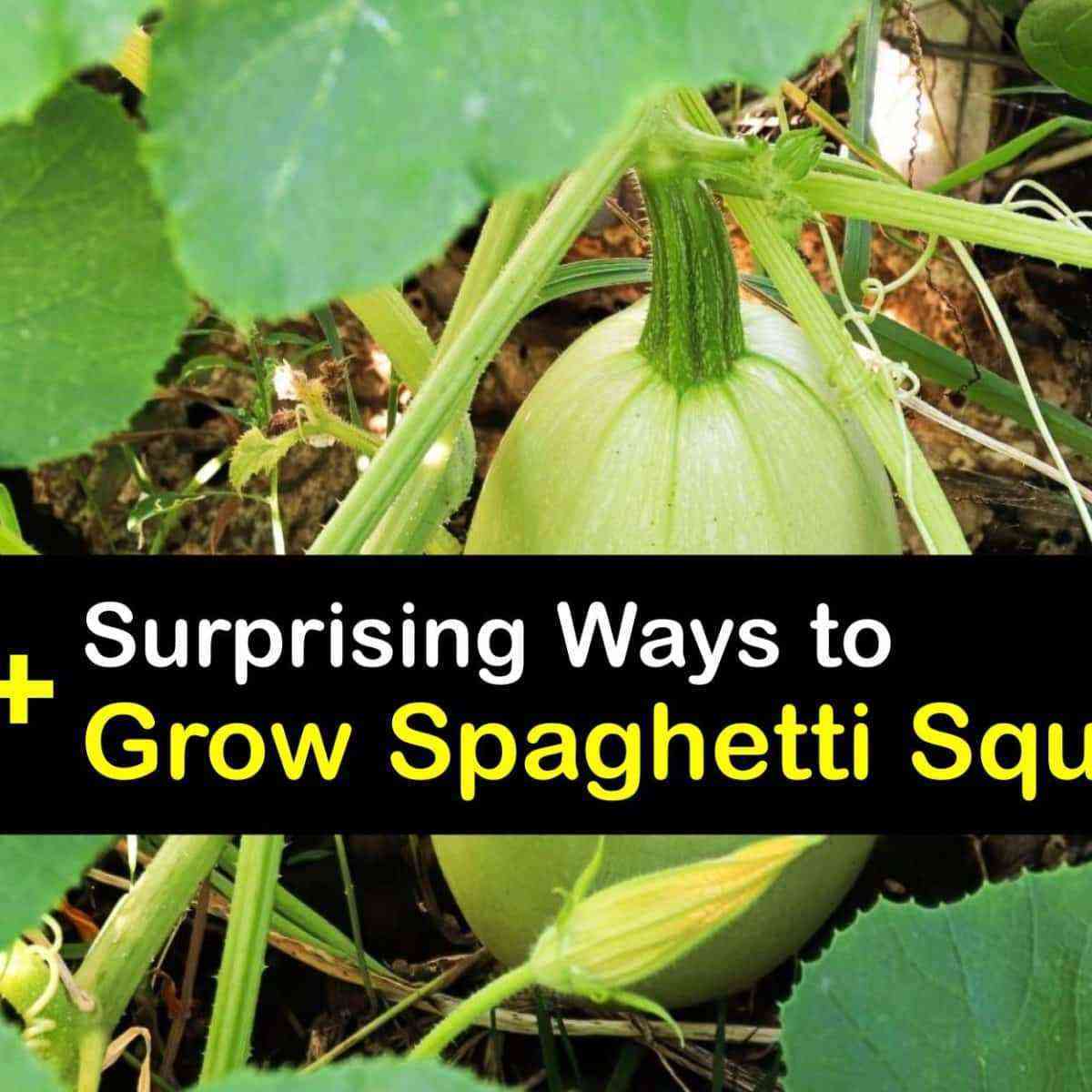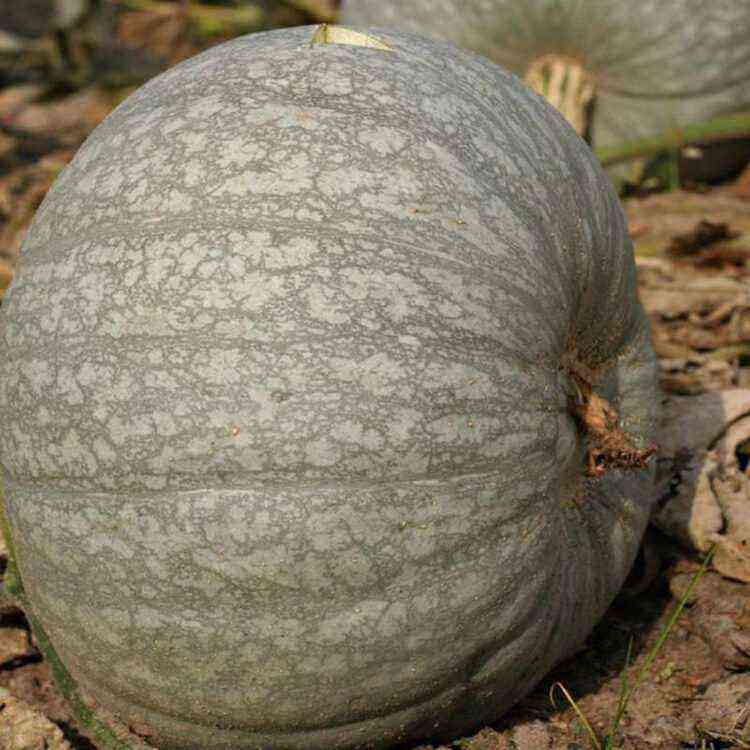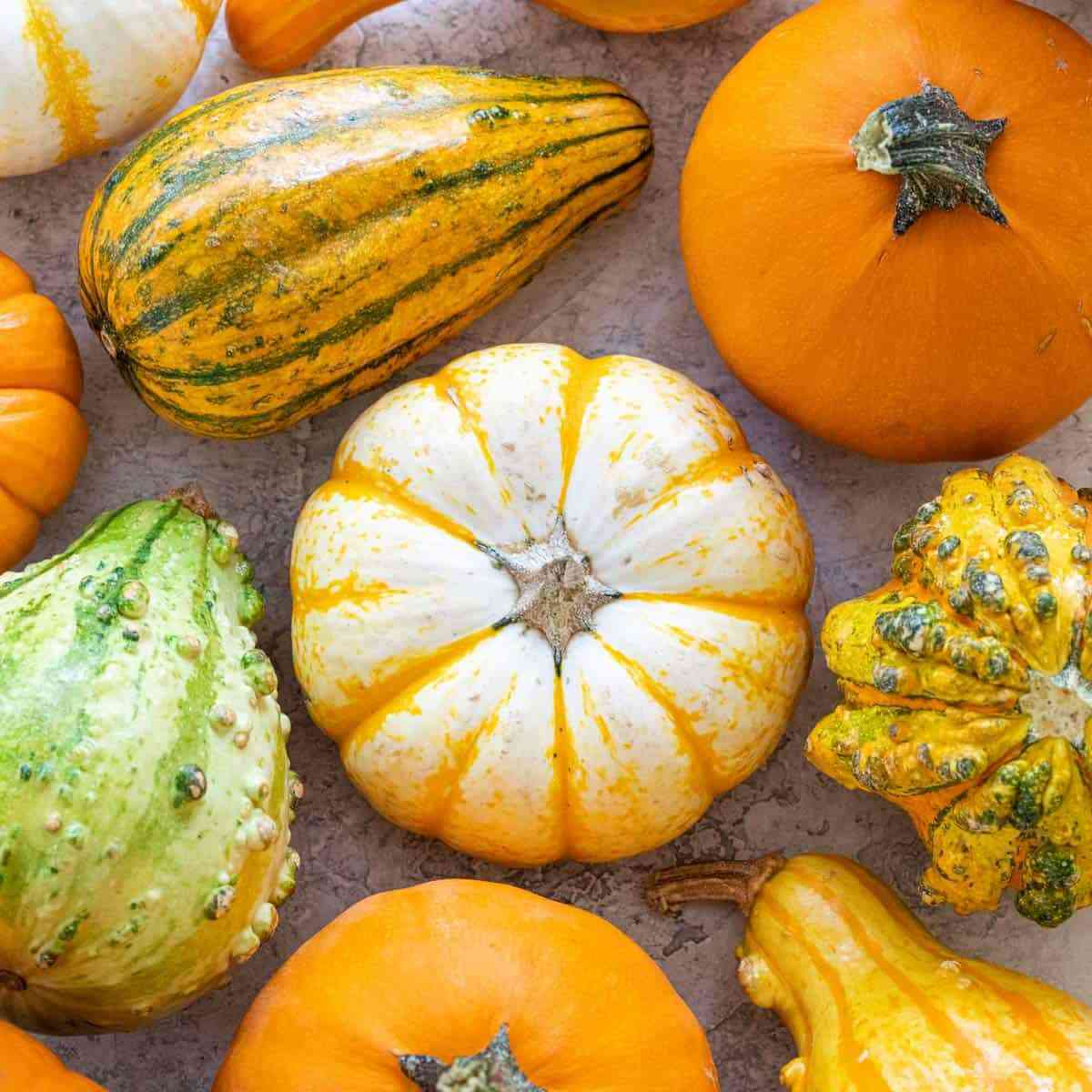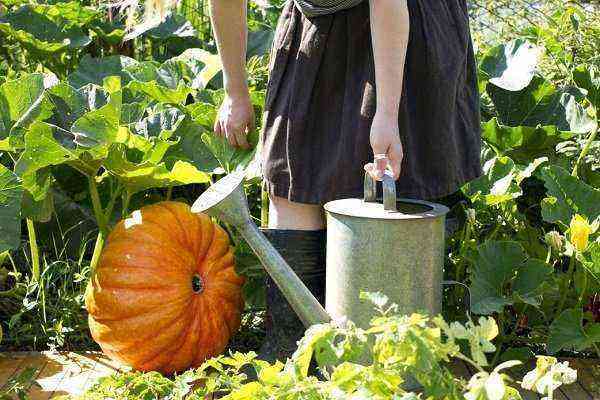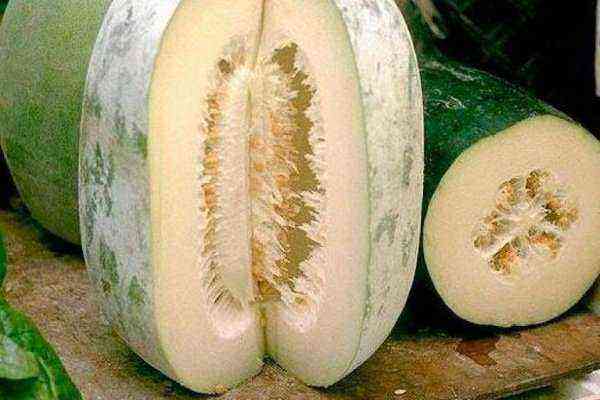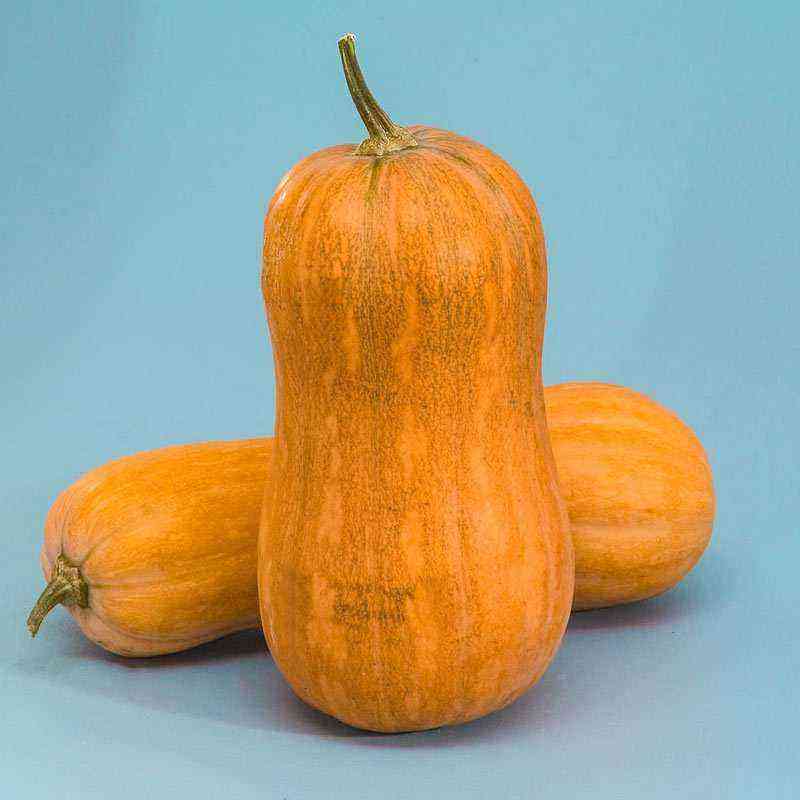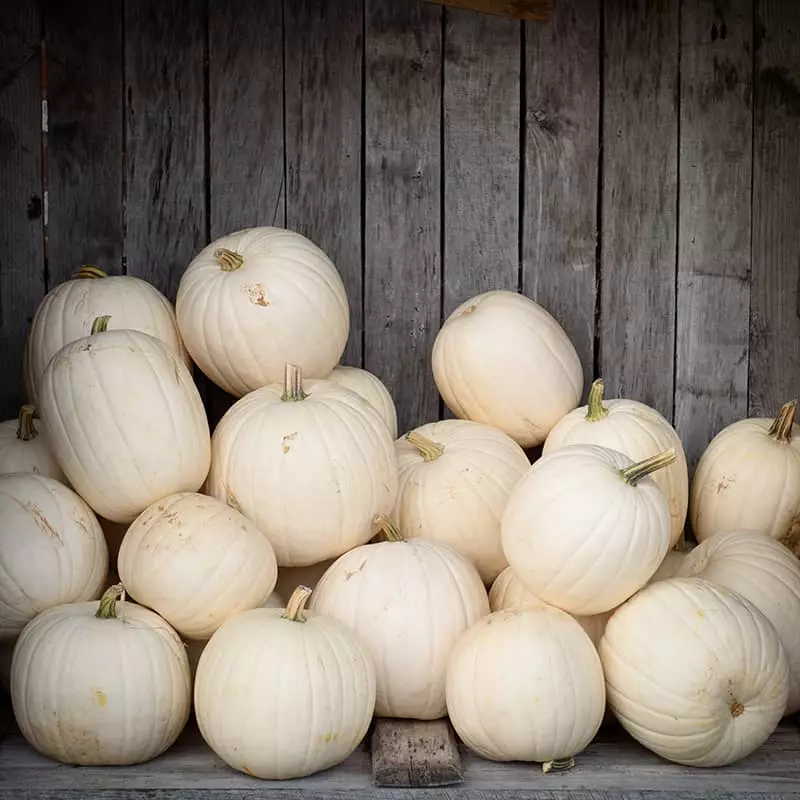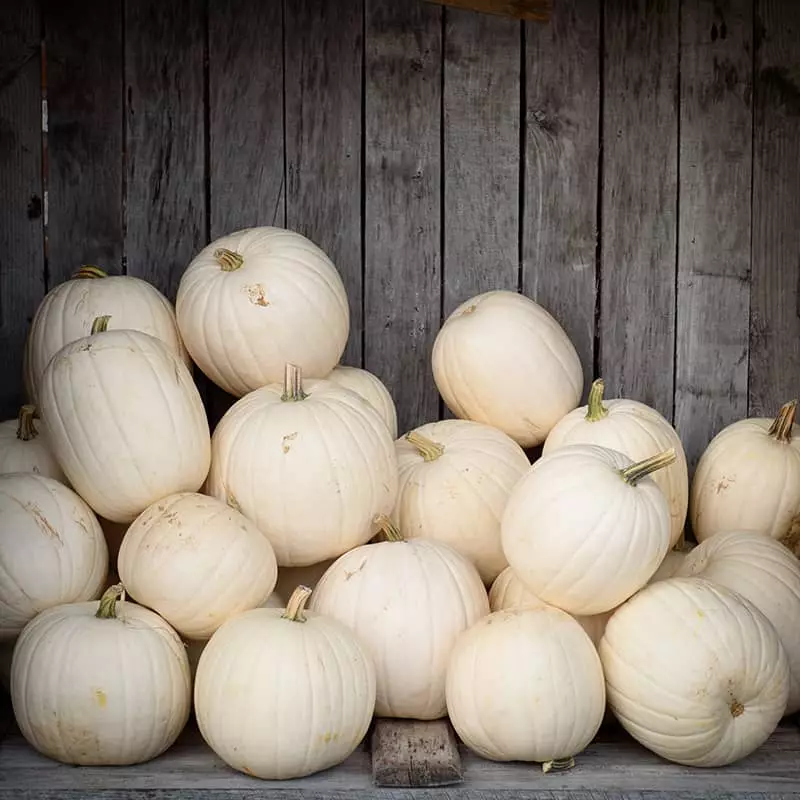Watering is an important step in growing pumpkins. The culture needs enough moisture. The volume and frequency of watering depends on the stage of growth and development of the plant, weather conditions. It is important to use the right water. You can water the culture in different ways.
General watering rules
Watering affects the growth and development of the crop as a whole. You can get a plentiful and high-quality harvest if you water the pumpkin according to the rules:
- Watering is carried out after 18:00, when the activity of the sun decreases.
- Do not use ice or cold water.
- Weekly before watering, get rid of weeds, immediately remove all residues from the garden. Weeds take moisture and nutrients that the pumpkin needs.
- Before watering, loosen the soil a little, deepening by about 10 cm. Loosening allows moisture to penetrate to the roots and prevents it from stagnation.
- For watering young sprouts, you need to use a watering can with a small nozzle, water in small portions.
- Do not water the pumpkin under the root. This leads to soil erosion.
- Water the grown culture infrequently, but in large portions.
Features of pumpkin watering at different stages of cultivation
The need for pumpkin moisture varies depending on the phase of growth and development of the crop, as well as weather conditions. It is important to take these factors into account and correctly change the intensity and frequency of watering.
Watering after planting
Immediately after planting the pumpkin in the garden, it should be watered 1-2 times a week. It is enough to spend 8-10 liters of water for each bush.
When the first shoots appear, watering is stopped. It is not needed for 3 weeks. The only exceptions are hot days. Such a break in watering provides stimulation of active formation and growth of roots.
The situation changes when ovaries begin to form. During this period, the pumpkin is watered once every 1 weeks.
Watering during flowering
This phase is especially important for the crop, since the future harvest largely depends on it. Pumpkin during this period becomes especially capricious, so it needs increased attention. It should be watered abundantly once every 1 weeks. Be sure to carry out weeding and loosening, remove excess ovaries.
When watering during the flowering of pumpkins, the condition of the soil must be taken into account. If it has not had time to dry out from the previous time, then it is not worth watering it yet. Too much moisture is dangerous.
If heavy rains begin during the flowering of the pumpkin, watering may not be required. In addition, the culture should be watered only if the earth has time to dry out. Before watering, the introduction of humus is recommended.
Watering during fruit formation
During the formation of fruits and their growth, the culture consumes more moisture. During this period, watering should be frequent, carried out every 1,5 weeks. If there is a drought, then the culture should be watered more often.
When forming fruits, it is recommended to spend 12 liters of water on each bush for irrigation. In drought, do not increase the amount of liquid, but water the crop more often.
Watering on dry days
In drought, moisture is especially important for pumpkins. With its shortage, processes important for the plant slow down, it may die. The intensity of watering should be increased, the condition of the plantings should be regularly inspected.
Signs of lack of moisture are as follows:
- withering greenery;
- descent of stems to the ground, their wilting and dehydrated appearance;
- drying of the top layer of the earth, the appearance of cracks on the surface – the deeper they are, the greater the lack of moisture.
On dry days, watering once every 1 days is recommended. The sun is especially active at this time, so it is important to water the culture only in the evening.
Watering during the rains
In rainy weather, you need to take into account the condition of the soil and the abundance of precipitation. If the rains are heavy, then watering is temporarily stopped. You need to renew it when the earth dries up.
If the rains are short-term, and the air temperature is high enough, the pumpkin should be watered as the soil dries. It is important to pay attention not to the surface of the earth, but to its layer of 20-30 cm.
Watering pumpkins in August-September
Features of watering during this period depend on the time of harvest. It is collected in different regions in different ways, but there is a general rule – for a month, watering is completely abandoned. At the same time, the use of fertilizers is also stopped, crop care is reduced to weeding and loosening.
In early August, pumpkins should be watered as usual. After the final formation of the fruit, the culture no longer needs moisture in large quantities. It should be watered rarely, focusing on the condition of the soil. Reducing watering during this period is necessary for the accumulation of sugar by the fruits and the formation of a strong crust for winter storage.
Water requirements
When watering a pumpkin, not only the correct frequency and volume of liquid is important, but also its quality. You can use the following options:
- Rainwater. This is the best option, including due to its softness. Collect rainwater in clean containers using drains. Rainwater should not be used if the site is located near hazardous industries or in the presence of other factors that pollute the environment.
- Tap water. This option is convenient, but the correct temperature regime is rarely observed. It is recommended to fill large containers with tap water so that it warms up in the sun.
- Spring water. Its advantage is in good composition, and the disadvantage is in temperature. You can use spring water only after heating, for this it is enough to leave it in the sun.
- Water from natural reservoirs. The source must be clean enough. It is recommended to first check the chemical composition of the water, because. it can contain pathogenic bacteria and fungi.
It is recommended to water the pumpkin only with settled water. Foreign particles settle, and the presence of toxic substances can be detected by the film formed on the surface.
Water for watering pumpkins must be at the right temperature. The best option is 20 degrees. The water must be clean, garbage is not allowed in it. It is impossible for it to be defended for a long time, otherwise flowering will begin, pathogenic microorganisms may appear.
Ways of watering
Watering pumpkins can be done in a variety of ways. When choosing, it is necessary to take into account the landing area.
Manual watering
The most time-consuming option, which involves the use of a watering can or hose and a special nozzle. Watering young sprouts without it is impossible.
When watering with a hose, strong pressure is unacceptable; be sure to use a sprayer. Water should be sprayed on plantings.
Manual watering is useful in small areas. For pumpkins, it is better to use a watering can, because when watering directly with a hose, the water may not be at the right temperature.
Automatic watering
This option involves the installation of special sprinklers on the site. They turn on and off automatically at regular intervals. This happens thanks to a special timer that needs to be adjusted.
Automatic watering is very simple, saves a lot of time and effort. The disadvantage of this option is that the water may be too cold. Depending on the growth phase of the crop and the weather, the timer setting must be changed.
Modern automatic irrigation systems can be equipped with special sensors that are sensitive to the level of humidity. In this case, the regulation of the irrigation intensity is carried out automatically. Such a system is not cheap, but in large areas the costs are justified.
An electrical network is required for an automatic irrigation system. With frequent voltage drops, the risk of breakdown is high.
Drip irrigation
This method is also called semi-automatic. Such a system is easy to organize with your own hands. To do this, you can use pipes or a hose. The selected system must be carried out along the garden bed and holes must be made through which water under pressure will flow to the right places.
With semi-automatic watering, it is important to correctly perforate the tubes or hose. Water must flow to the root system. To regulate the incoming water, it is necessary to install taps.
The drip irrigation system can be used during any period of pumpkin cultivation. The disadvantage of this option is the occurrence of surface runoff. If you buy a ready-made drip system, you will have to spend a lot of money on it and devote a lot of time to complex installation.
It is recommended to use drip irrigation during pumpkin flowering. The soil is well moistened, a crust does not form on it, and the fertile layer does not erode.
rain method
This option is impractical, since it is impossible to rely on precipitation alone. With a prolonged drought, you need to water the culture additionally.
Rain watering is convenient for those whose plot is remote or there are no sources of water nearby. It is recommended to combine this method with manual watering. Water for it can be obtained by placing several large containers and organizing the flow of rainwater into them.
Hole irrigation
This method is also called irrigation by bowls or rings. This option implies that around each plant you need to make a hole into which water should be poured.
With hole irrigation, water consumption is reduced, and the root system of the crop receives a lot of moisture. Each plant receives its own portion of water. The main disadvantage of this method lies in the time costs.
Holes need to be made shallow, filled with loose earth. Mulch should be used.
It is recommended to resort to hole irrigation after the growing season, when the growth and development of the pumpkin stops.
Furrow irrigation
Gravity surface watering. It is advisable to use it in areas with a slope. The advantage of such irrigation is that it can be used at any stage of pumpkin cultivation. The disadvantage of furrow irrigation lies in the high water consumption, and the plants receive only a part of it.
Wicky watering
This option is appropriate for those who can not often visit the sites. The wick irrigation system involves the installation of two containers at the ends of the beds, into which water must be poured. Between them you need to lay a wick and bury it in the ground. In this quality, dense fabric is well suited.
Wick watering can be used in any period of pumpkin cultivation. The advantage of this system is that the water goes directly to the roots of the plant. The disadvantage of wick irrigation is the inability to control the level of soil moisture.
Common Mistakes When Watering Pumpkins
When watering a pumpkin, you can make the following mistakes:
- Too cold water. Such watering significantly increases the risk of developing fungal diseases.
- Watering in the morning or afternoon. Water remains on the leaves, the sun actively evaporates it, burns appear, which is fraught with the death of the culture. Watering in the early morning does not save the situation, since the pumpkin is watered abundantly, all the moisture does not have time to be absorbed.
- Continuation of watering in the first weeks after germination. A break is needed to strengthen the root system and the proper growth of the bush.
- Too little or too much moisture. Both options adversely affect the growth and development of the pumpkin, and can lead to its death.
- Use of dirty water. In this case, the likelihood of fungal infections increases, as a result of which the entire crop may die.
- Watering under the root with strong pressure. This leads to the washing out of the soil, as a result of which the root system suffers. The roots do not hold well in the ground, the plant may die. Because of such watering, there is a risk of exposing the roots, which is fraught with disease.
- Lack of regular loosening. In this case, moisture will not flow in the proper volume to the roots of the culture, remaining in the surface layer of the earth.
Proper watering of the pumpkin allows you to end up with a plentiful and high-quality crop. It is important to consider common mistakes in order to eliminate them in your area. The method of watering must be chosen individually – each option has its own advantages and disadvantages, it is effective to combine different methods.
